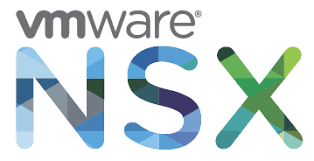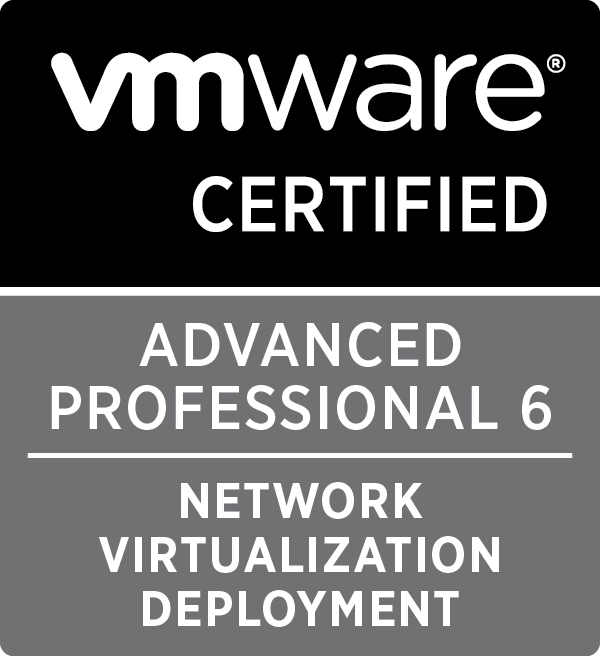HOWTO: Configure VMware NSX with Dynamic Routing - BGP
HOWTO: Configure VMware NSX with Dynamic Routing - OSPF
HOWTO: Configure the Router ID for a VMware NSX Edge
HOWTO: Configure VMware NSX and VMware vRealize Log Insight - Part Three

In this series of 3 articles, we will be looking at how to configure VMware NSX and VMware vRealize Log Insight together so we can ensure all of the relevant logs are centralized into a single solution that will make it easy to troubleshoot. In Part Three, we will be looking at how to configure the VMware NSX Edge to SYSLOG to VMware vRealize Log Insight
Written by Christopher Lewis on July 31, 2017 .
VMware
NSX-V
VCAP6-NV
VCIX6-NV
HOWTO
Written by Christopher Lewis on July 31, 2017 .
HOWTO: Deploy a VMware NSX Edge Services Gateway (ESG)
HOWTO: Deploy a VMware NSX-V Distributed Logical Router (DLR)
Recent Posts:
- Introducing the Super Metrics Repository
- Creating Super Metrics for Counting Ascendent/Descendent Object Metrics in a List View
- Creating a Custom Resource Action - Part 1: Getting Started & API Discovery
- Operating a Private Cloud - Part 3: Creating a Pricing Card in VMware Aria Automation
- Operating a Private Cloud - Part 2: Creating a Pricing Card in VMware Aria Operations
Blog Categories:
active directory 6
aria automation 9
aria automation orchestrator 1
aria operations 2
aws 2
blog 1
career 1
certificate authority 5
certificates 5
certification 91
cloud management 1
cloudnativecon 1
community 1
fun 1
general 9
hands on labs 1
home lab 2
kubecon 1
kubernetes 1
microsoft 7
nsx 45
nsx v 41
powercli 8
powershell 6
reviews 1
vcap 48
vcap6 2
vcenter 4
vcix 2
vexpert 9
vmug 5
vmware 99+
vmware aria 1
vmware aria automation 9
vmware aria automation orchestrator 1
vmware aria operations 5
vmware cloud 3
vmware cloud director 1
vmware explore 2
vmware identity manager 2
vmworld 36
vrealize automation 80
vrealize automation saltstack config 1
vrealize business 2
vrealize log insight 1
vrealize operations 1
vrealize operations manager 5
vrealize orchestrator 13
vrealize suite 14
vrealize suite lifecycle manager 20
vsan 5
vsphere 9
windows 6
Top Tags:
active directory 6
api 18
barcelona 24
certificates 11
certification 7
howto 33
microsoft 7
multi tenancy 9
nsx v 43
platform services controller 8
powercli 8
powershell 7
psc 6
vcap 9
vcap6 45
vcap6 cma 48
vcap6 nv 37
vcix6 nv 36
vexpert 19
vmug 8
vmware 99+
vmware aria 12
vmware aria automation 9
vmworld 35
vmworld 2016 13
vmworld 2017 9
vra 13
vrealize automation 74
vrealize operations 8
vrealize orchestrator 21
vrealize suite lifecycle manager 11
vrslcm 20
vsan 7
vsphere 12

